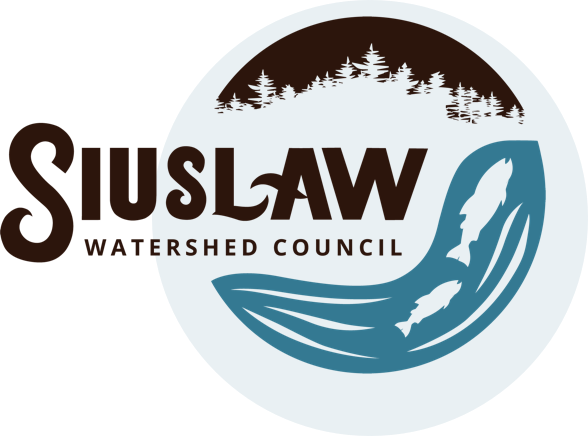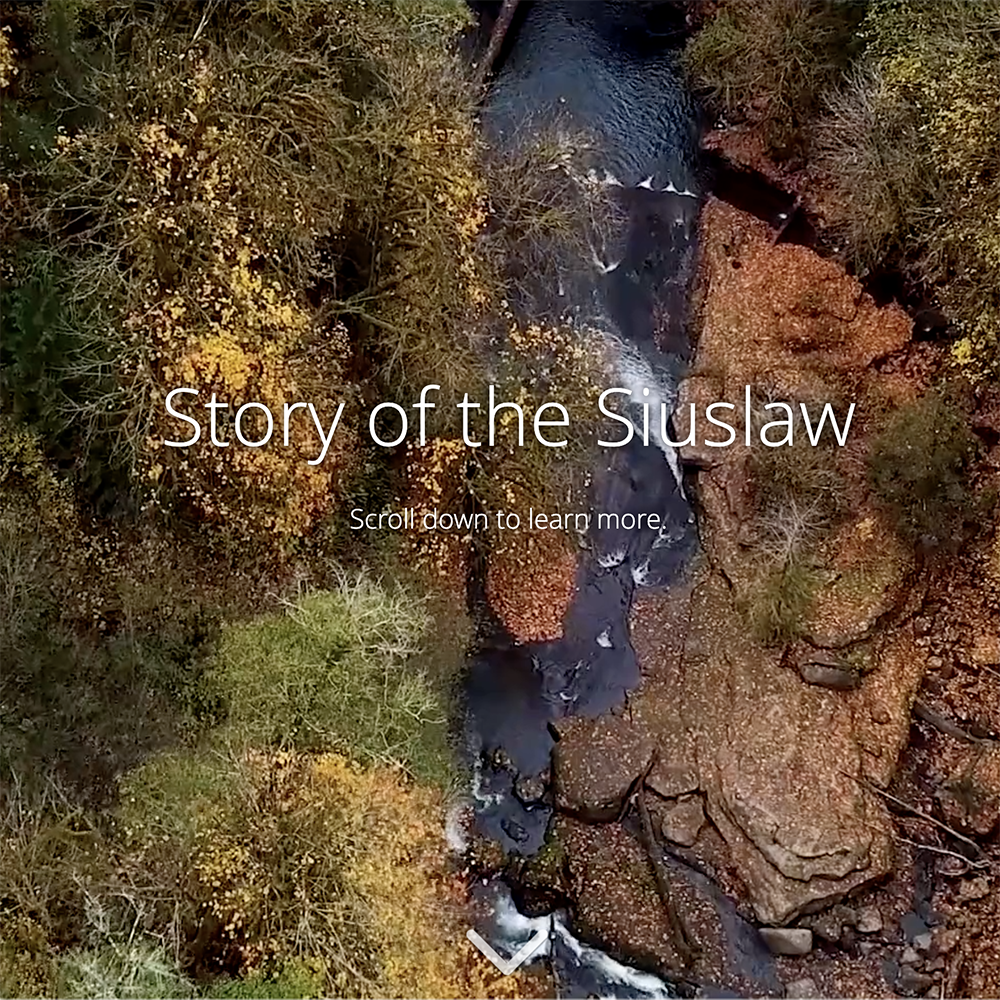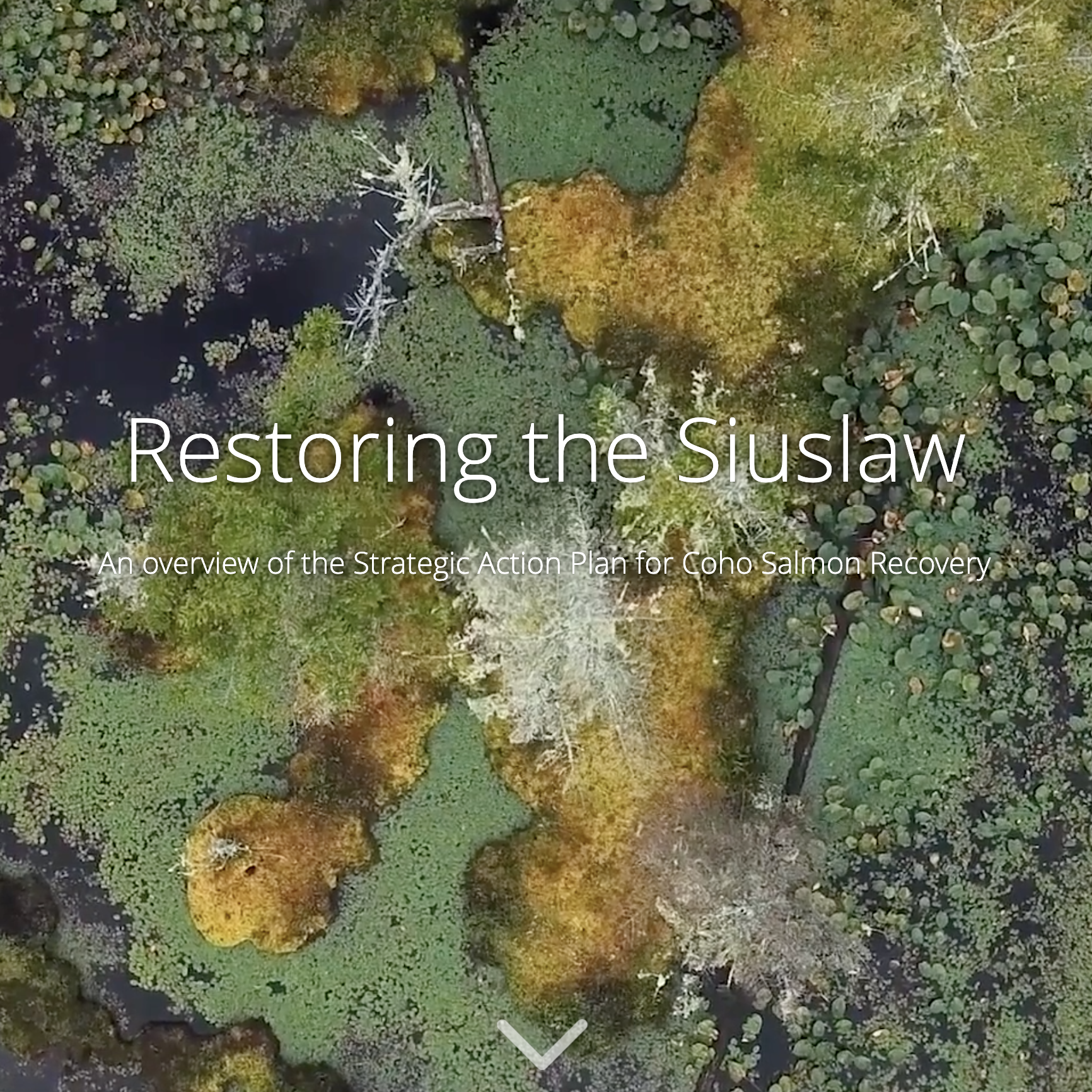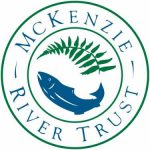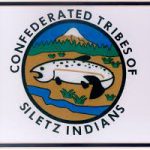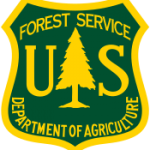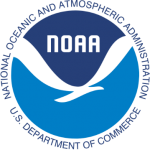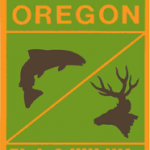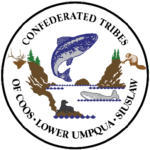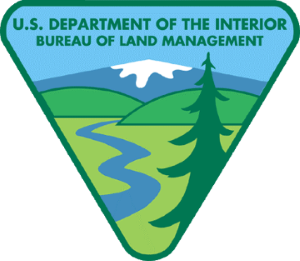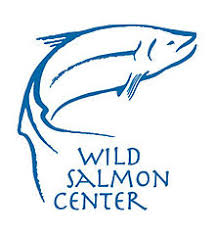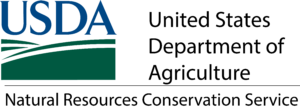Siuslaw Coho Partnership
About the Partnership
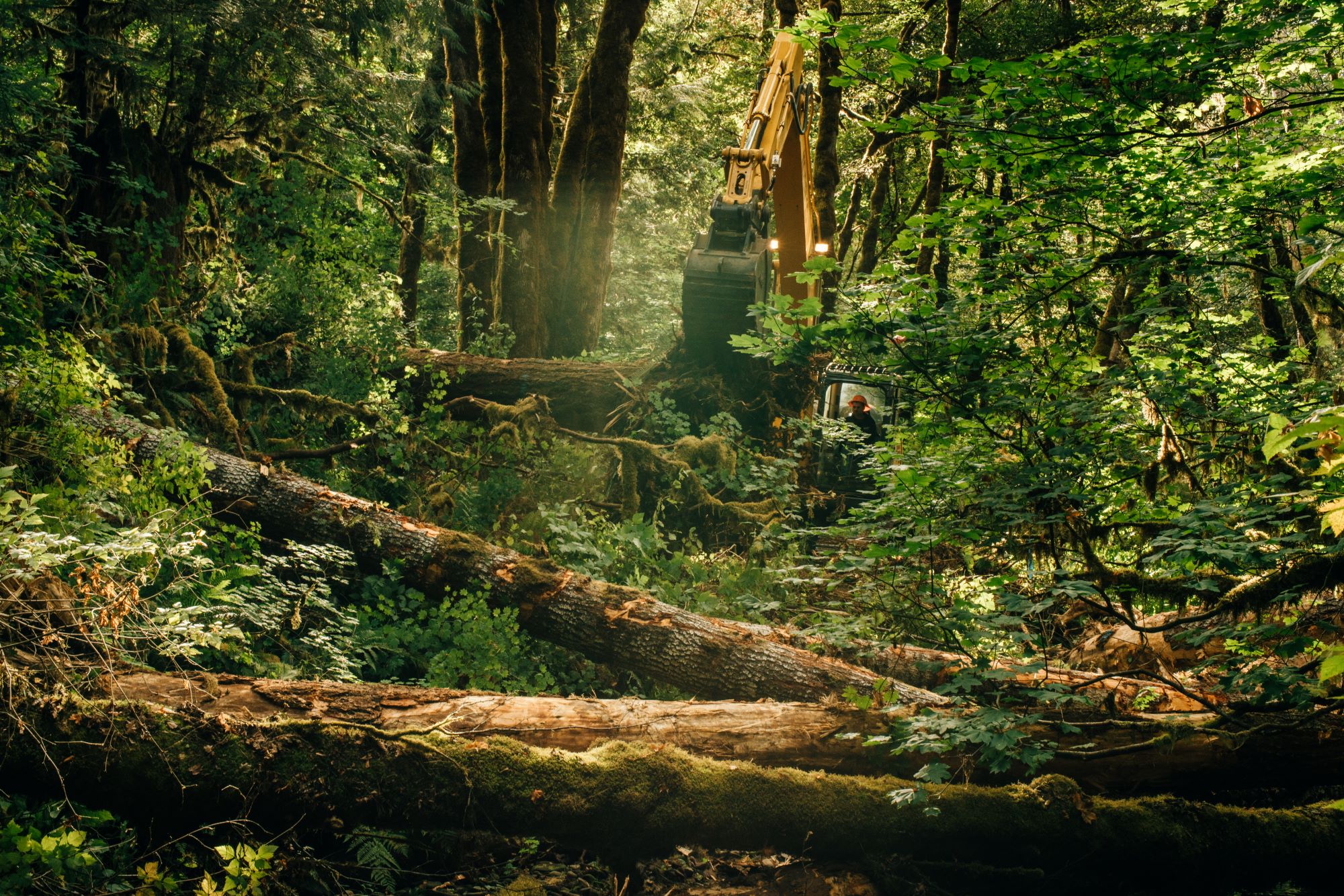
The Siuslaw Coho Partnership currently includes nine partners, eight Core Implementers and two Technical Advisors, each contributing unique expertise and decades of conservation and restoration experience in the Siuslaw and Coastal Lakes basins. Partners have been working together on restoration planning and projects, driven by a recognition that restoration needs in the Siuslaw are not confined to geographies with single ownerships, single resources, or single resource uses, and that single agencies or owners do not have all of the expertise and resources necessary to maximize restoration opportunities. When each partner contributes its unique capacity to a collaborative effort, the capacity of the Siuslaw Coho Partnership is greater than the sum of the capacity of its individual partners. With the organizations represented in the SCP, we have assembled a Partnership with a diversity in experience and expertise that is capable of generating Coho salmon habitat restoration success in the Siuslaw.
Siuslaw partnerships and the projects that they have accomplished have been recognized on the international, national, and state levels for their innovation and effectiveness, making a convincing case for the benefits of working collaboratively.
Siuslaw Story Maps
How to navigate the story map: Use your mouse to scroll downward on the page for new content to appear. To jump to a different section of the story map, see the section titles in the black menu bar at the top of the page.
The Siuslaw Watershed has been shaped by change. Managed and stewarded by Siuslaw tribal people for generations and into today, the watershed at one time supported such ecologic proliferation that its salmon run was second only to the Columbia. In the time following white European settlement, streams were straightened, forests logged, and salmon numbers greatly reduced.
Now, the Siuslaw enters another era of change, as partners and community members join together to restore habitat to benefit both fish and people. But amidst this change the Siuslaw River, its tributaries, coastal lakes, and estuary hold great promise for restoring endangered coho salmon.
To tell the stories of a place that holds so much possibility for the coho, we have partnered with Ecotrust to produce two story maps—illustrative story experiences. Take a scroll through the Story of the Siuslaw, with photos, old and new, and interactive maps that tell the tale of this landscape in flux—from its geologic formation to the many different people who have stewarded and shaped its ecology. In Restoring the Siuslaw, look through the layers of our ecosystem, learn more about how critical habitats support coho in their various stages, and the economic benefits of restoration for local communities in return.
Check out each of the story maps below to learn more:
Prioritization and Plans
The Siuslaw Coho Partnership has been working over the last 3 years, starting in 2016 to create a Strategic Action Plan for Coho Recovery in the Siuslaw and Coastal Lakes watersheds. These plans were developed from the National Oceanic and Atmospheric Administration's (NOAA) Oregon Coast Coho Recovery Plan which was published in 2016, which details the limiting factors which affect our local populations of Coho salmon (the Siuslaw, Siltcoos and Tahkenitch populations). The local partnership took the data and science presented in the federal recovery plan and applied it to the local populations of Coho salmon to best identify and target stream reaches to restore in the Siuslaw and Coastal Lakes which best represent a path to recovering the species in our service area.
Partners first used local knowledge and expert opinion to identify priority areas to focus restoration efforts over the next ten years. The Partnership then used a modeling exercise with help from our partners at NOAA and the Wild Salmon Center to further refine priority areas. The resulting plans, available for download below, represent what the Siuslaw Coho Partnership believes is our best path to recovering the species in our area. We'll use these plans to inform our work over the next decade.
We'd like to especially acknowledge and thank our partners at the Wild Salmon Center and NOAA, who have helped facilitate our planning process and the writing of the actual plan itself, including the illustrations and maps found within the document. They have played a critical role in helping to draft these plans, develop local relationships, and have helped critical fundraising to raise the funding necessary to implement projects found within these plans.
